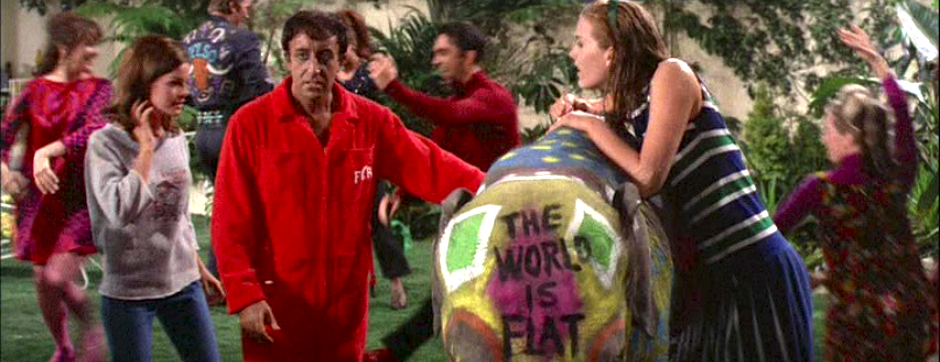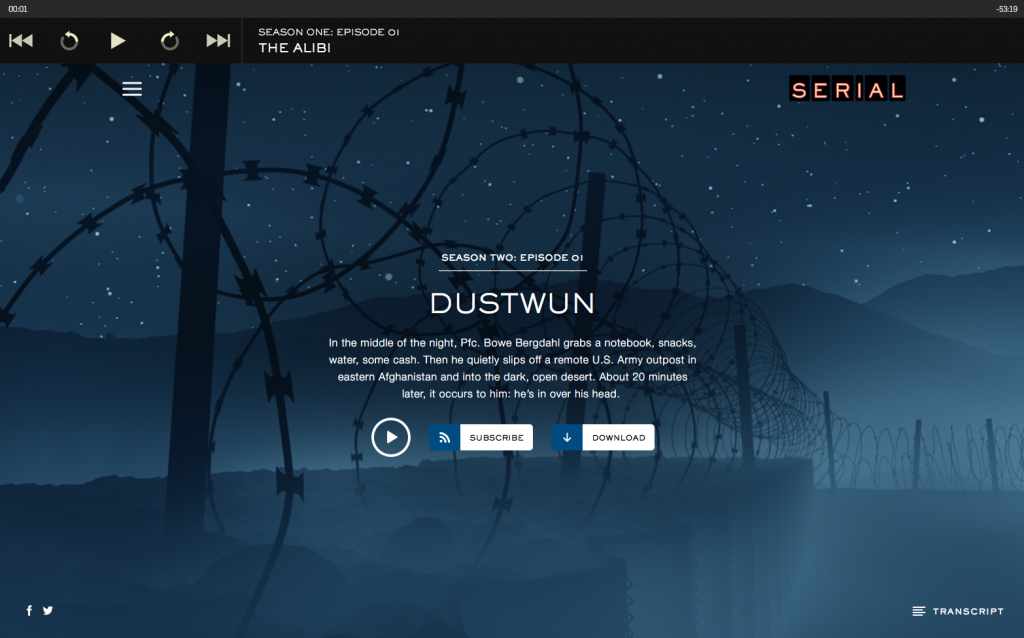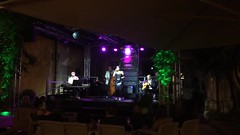The first installment of the new Penny Dreadful Victorian video feuilleton provides more than a strong poetic moment. The occasion of the death of Tennyson is one not missed by Vanessa, to recite, entranced these beautiful, potent verses from Maud:
Beat, happy stars, timing with things below,
Beat with my heart more blest than heart can tell,
Blest, but for some dark undercurrent woe
That seems to draw—but it shall not be so:
Let all be well, be well.
[Extract from Maud: ‘I have led her home, my love, my only friend’ [Part I, xviii] (See full text.)]

Animated GIF from http://penydreadful.tumblr.com
And there we are, in a vertiginous mixing of Dr. Frankenstein (and his creatures) with Dorian Gray, and other literary characters, including Count Dracula, a werewolf and of course, demons. I actually love the progression of the “Know Thyself/Master Your Demons” mantra from Dexter on to Penny Dreadful.
Of course, when I searched for the poet’s verses I found them on the Network, and I also found a plethora of other stuff: from blogs with critiques of the episode (in English, Spanish and Italian) to official Web page from Showtime and the YouTube channel.
I also found a nice fan page of the above animated GIF with the splendid Eva/Vanessa declaims that last verse:
Let all be well, be well.
What I haven’t been able to find–neither online nor in my university’s own library– is a Spanish or Italian translation of Maud. It seems as if it exists not. Possible?
In any case, the full first episode of this third season is all on YouTube, so you may want to indulge.
And so be it, then, once again thankful of the riches lurking in the remixing dwellings of web demons who pirate, mix and openly share their penny-worth jewels.
[Featured Image (animated GIF) by http://penydreadful.tumblr.com]






